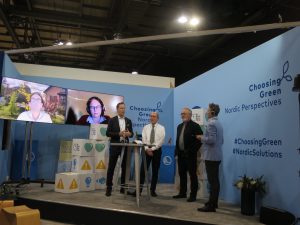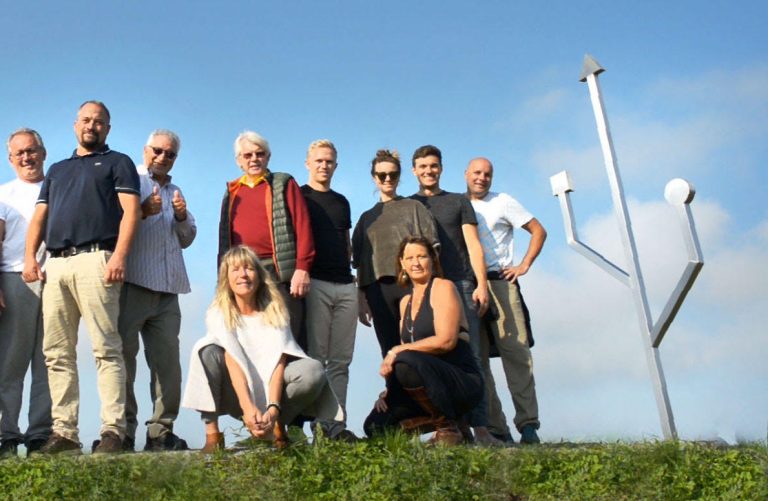
The context
Article written by Ulrika Stevens.
In line with the European legal framework and in support of the European Union’s objectives, the Austrian government has set a goal to transition the electricity supply to 100% renewable energy sources by 2030 and to make Austria climate-neutral by 2040. Renewable energy communities are the right path to achieve this goal.
The Danish Energy Transition
In Denmark, the Ministry of Climate, Energy and Utilities oversees the country’s dynamic energy market, with the Danish energy agency and the Danish Utility Regulator regulating the energy sector. Aside from the institutional framework, not only does Denmark have a favourable climate for renewable energy production, but the country has already placed citizens at the heart of the energy transition for decades. Different citizen ownership models are established throughout Denmark, with a share of over 50 per cent within all wind energy production (Nordic Energy Research 2023). Citizen engagement is no stranger to the Samsø Energy Academy, which closely follows the Danish traditions of energy production.
How it all started...
In 1997, the Samsø Energy and Environment Office (SEMK) was founded. This was due to a competition launched by the Danish government to designate a renewable energy island in the country. The current Minister for the Environment and Energy at that time, Sven Auken, saw launching the competition as a pathway from simply talking about the energy transition, into practical actions. Over the next 10 years, SEMK would work on developing projects that would support reaching the title of a renewable energy island. As Philipp told us, a key figure in Samsø`s energy transition, Søren Hermansen, went door-to-door on the island to discuss the renewable energy project and how it could only be done together with the locals, truly listening to the thoughts and concerns of locals. The need for a change came at a time of economic uncertainty, since due to the closing of a local slaughterhouse, many people were losing their jobs.
By working on the ground with the people, Søren managed to build up trust with the locals to participate in developing the island’s renewable energy possibilities. How did he do this? Søren understood that in order to get people to join, the topic had to have a real significance on the daily lives of the people. So, he approached the topic from a practical view; by emphasizing the financial benefit. If a household independently invests in a wind turbine, a solar panel or a biomass plant, this would not only provide more price stability, but would further enable the household to sell the surplus energy. By seeing the personal gain, together with the opportunity to act at the forefront of the sustainable transition globally, these efforts lead to widespread participation.
The Samsø Energy Academy today
As a result, the team of the academy built up the Samsø Energy Academy with SEMK as the basis. The dynamic team at the academy consists of professionals at the intersection of energy, climate and sustainable development. Officially, the academy is set up as an association, and as such, is required by law to have a board. The board consists of representatives of different institutions, organizations and companies, as well as other stakeholders.
The academy is located in the east of the island, in the town of Ballen. The buildings themselves represent the values of the academy, with sustainable practices embedded into architecture and functioning. The premises now work as a meeting point on the island, for citizens, institutions, stakeholders, and everyone else, to come and plan how to create a more sustainable island of tomorrow. Since its establishment in 2007, the academy is continuously evolving. As Philipp tells us:
“We have been working with the energy transition for quite a long time, for the last 15 years. In some ways, this topic has been overtaken by other institutions. When it is about setting up windmills, putting up solar panels and consulting where to place installations, you have privately owned companies dealing with these things.”
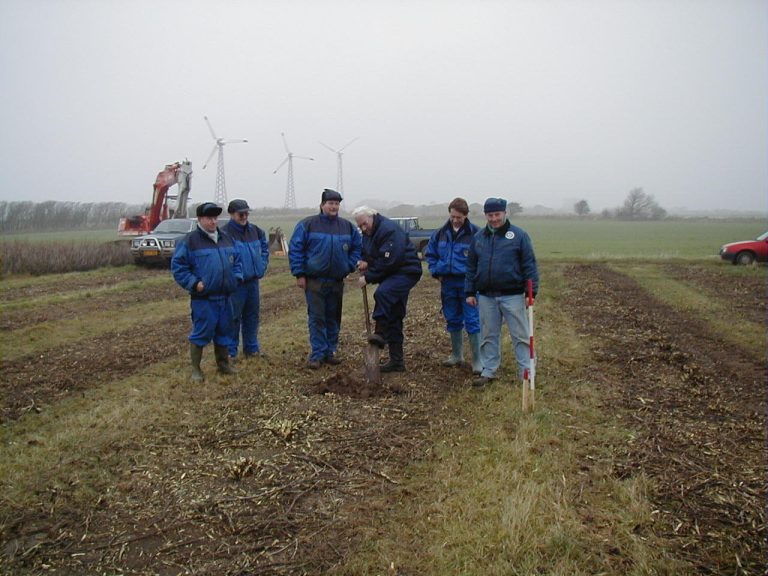
Participation in projects within and beyond the European Union
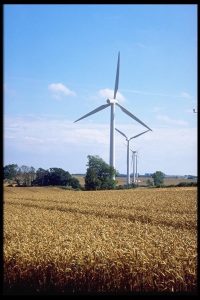
The Bürger*innenKRAFTwerk energy community is located in Aggsbach by the Danube river, in Lower Austria.
Participating in different projects within and beyond the island is important for the academy to develop their capacities through financial support, and network with other actors within the energy transition. One current project at the academy is a partnership with a Japanese village, to support its local communities to reduce their CO2 emissions through supporting local renewable energy production, especially in the case of district heating plants. As part of the project, project partners from Japan came to Samsø to learn more about how to make this shift. There is a special historical significance to this partnership, that does not stem merely from a business opportunity. As Philipp tells us:
During the Tokyo Olympics, the Danish rowing team was based in this small village. They still have a Danish employee in the local administration that is trying to keep the link between Denmark. That’s how the idea of this collaboration was born.
Other projects that the academy is involved in include developing training modules for professionals dealing with installation of energy infrastructure, working as experts to support islands within EU to create more sustainable energy production, and providing arenas for young people from the EU to gather and discuss about climate change and the different roles of stakeholders to tackle challenges and hopes of a more sustainable future. As can be seen from these projects, the academy is more focused on knowledge sharing, and training the capacities for professionals to implement sustainable energy practices, which contributes not only to environmental, but also social sustainability. More details of the different projects of the academy can be found here.
Working with the people - lessons from the academy
It is not only within the Japanese collaboration that people came to the island to learn about the academy and their activities. Indeed, the academy regularly receives visits from different institutions who want to learn from their examples of initiatives and projects. The interest stems from both Denmark, and abroad. As the renewable energy industry in Denmark is quite advanced, there are many others, bigger institutions, working on the topic of citizen engagement. Given that the academy is relatively small, the type of support they can provide depends on the capacities of the staff. It is important for the academy, that they do not provide a one-stop-shop to implement specific activities. While helping different actors to start the necessary discussions, it is eventually up to the individual community to discuss internally how to make a project successful.
When large scale projects on the island are developed without involving the citizens, their dissatisfaction does not go unnoticed. This is one of the main challenges the academy as a meeting point aims to tackle, through providing different stakeholders and citizens an opportunity to openly discuss new and potentially controversial plans. As with any plan that has implications for the surrounding landscape, if it does not have the support of citizens, it creates tensions.
Philipp`s own background is in the area of transport and mobility on the EU level and for example, one current topic of debate on the island is transportation. This sector comes with its challenges, as being the largest producer of greenhouse gas emissions, according to the European Federation for Transport and Environment. Thus, to access the heart of Denmark, one must take a ferry to access Samsø. Until now, the ferries have been running on diesel, significantly contributing to CO2 emissions. Technically, one of the locally owned ferries is able to run on liquified natural gas, but in practice, this is not a financially viable option. As the island of Samsø has the goal to be fossil-fuel free by 2030, developing and implementing sustainable mobility plans is crucial.
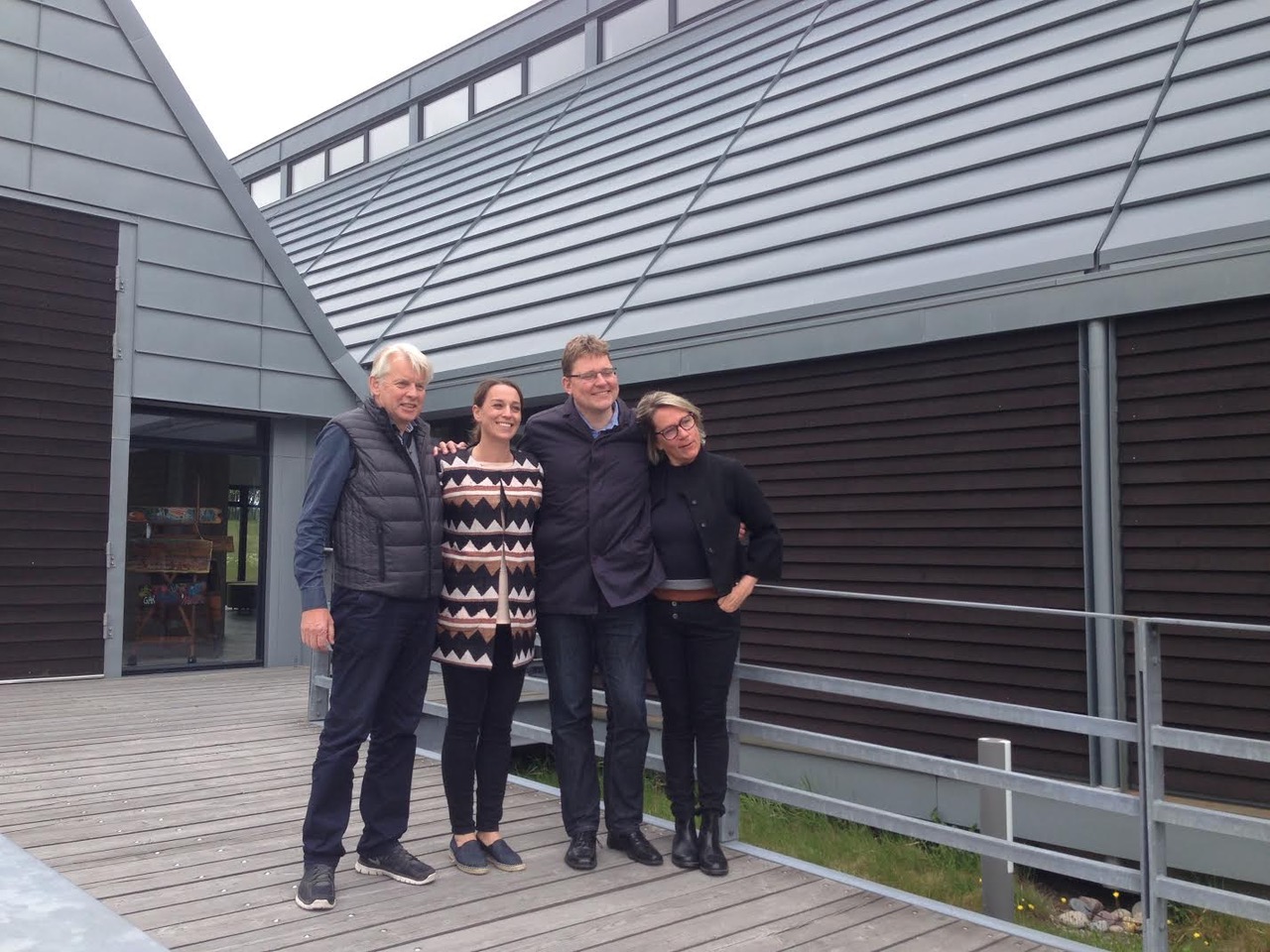
In the spring of 2025, a fully electric ferry connecting the island to Zealand will begin to operate. The ferry requires a lot of power, and must be charged in both harbours. Also, the amount of electric cars on the island is increasing. These are the facts that the academy provides as a basis to begin the discussions with locals. What or whose space is used to create more renewable energy infrastructure? If everyone says no, will they be open to limiting their own consumption? These are the types of questions the academy is asking to get the ball rolling. As such, it is not just a question of what each one gets out of the energy transition, but what they must also be ready to sacrifice.
It is important to highlight the spatial context… With limited public transport on the island, with mostly school buses operating, and citizens getting around with their cars. This makes discussing topics such as mobility much less abstract than in larger communities or urban areas, where the different sectors of society and communities with different lifestyles do not meet each other. Many of the academy members are involved in different affairs of the island, in both public and private spheres, linking people and things together on different levels simultaneously. For example, Philipp tells us the story:

Creating a sense of trust between stakeholders is a key element of citizen engagement processes. In a small place like Samsø, with less than 4000 inhabitants, most people know each other. Additionally, Samsø has an aging population, with the younger generation consisting more of those who have moved there to leave the urban landscape behind. This means that traditional means of engagement do not necessarily work with the younger population, who however are increasingly climate conscious and interested in moving in the direction of renewable energy. In the last year, the academy has begun to hold more events where local clubs and associations have the opportunity to present what they are doing and what ideas they have for the island, as opposed to merely the academy presenting their activities. Additionally, they are trying to reach more of the underage population with different actions such as trying out old phones. While this is not related to the work of the academy directly, it enables them to target a population that usually is not engaged with their activities.
During the Tokyo Olympics, the Danish rowing team was based in this small village. They still have a Danish employee in the local administration that is trying to keep the link between Denmark. That’s how the idea of this collaboration was born.
Other projects that the academy is involved in include developing training modules for professionals dealing with installation of energy infrastructure, working as experts to support islands within EU to create more sustainable energy production, and providing arenas for young people from the EU to gather and discuss about climate change and the different roles of stakeholders to tackle challenges and hopes of a more sustainable future. As can be seen from these projects, the academy is more focused on knowledge sharing, and training the capacities for professionals to implement sustainable energy practices, which contributes not only to environmental, but also social sustainability. More details of the different projects of the academy can be found here.
When it comes to citizen engagement… Philipp highlights that renewable energy projects quite easily become very technical. Indeed, in these projects, it is not only about the location of installations. It is also about societal transformation, and how to get the people to come along, which is something that cannot be ordered top down. This goes beyond energy projects, and it is something the academy also acknowledges. As it is under constant development, the future stands open and unknown.
“We do not call it the past, we call it the compost because it is something to build from. What we do know is that we have to keep on changing.”
